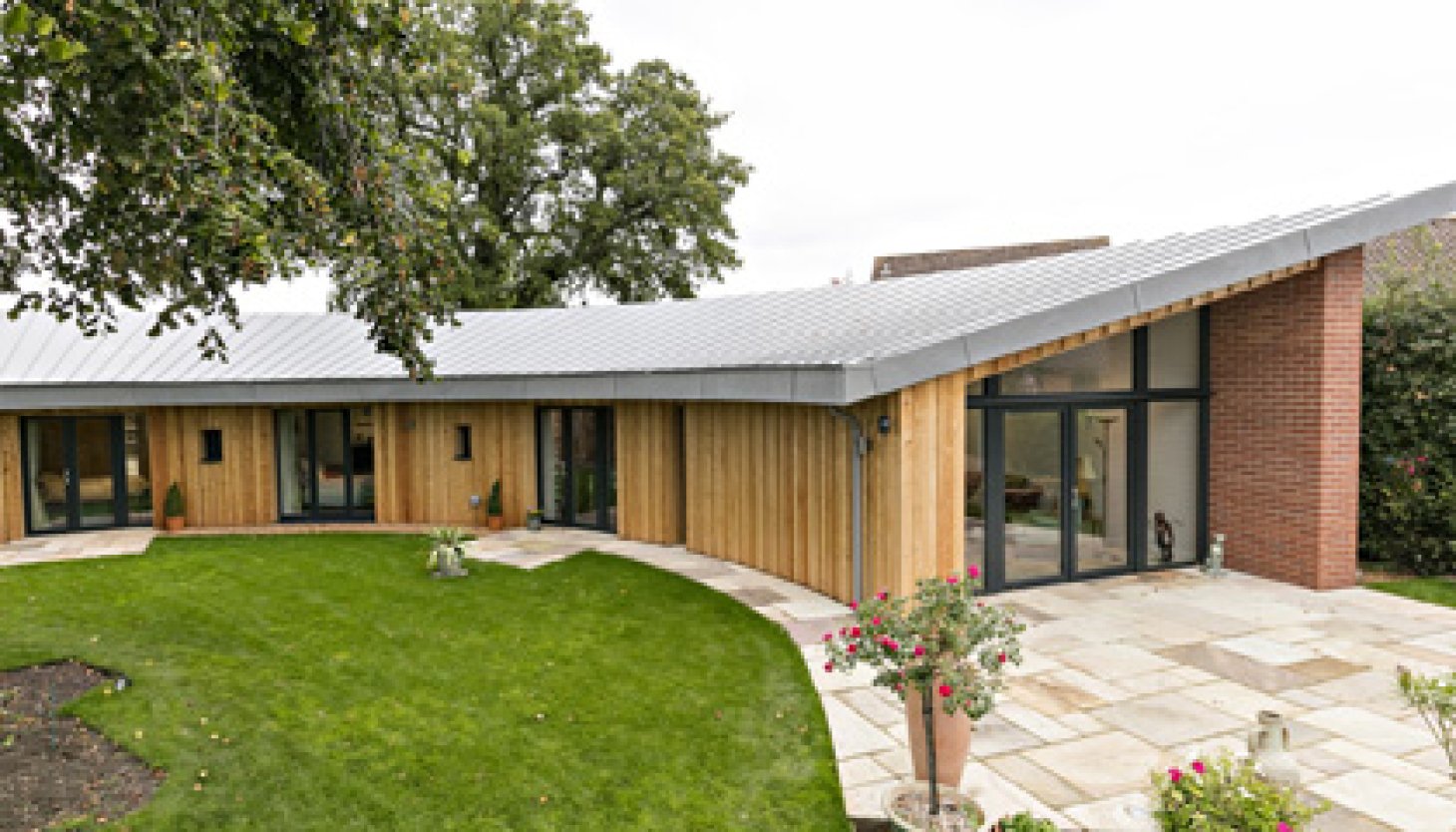
Housebuilders could save up to £60/m2 on the build cost of a new home. What’s more, the savings are not hard to achieve when you take advantage of the inherent thermal efficiency of Aircrete and use approved aircrete construction details to minimise the energy lost at wall, floor and roof junctions.
Regulations are constantly being revised to limit the amount of heat lost through the insulating fabric of a building. U-values measure how effective a fabric element - an external wall for example - is as an insulator. The Building Regulations set maximum U-values for elements of a home.
Heat flow is increased where the continuity of external fabric insulation is interrupted at the junctions of internal walls, floors and roofs, or as a result of the geometry of a junction. The regulations are progressively tightened and maximum U-values are getting lower. As building fabric becomes more energy efficient, the heat lost at these junctions, known as linear thermal bridges, becomes an increasingly significant part of the overall quantity of heat lost through the building envelope. The rate of heat flow per unit length of the thermal bridge is known as the psi-value.
The Building Regulations take account of the additional heat losses associated with linear thermal bridges, which can be as much as 50% of the heat lost through the fabric. The Standard Assessment Procedure (SAP) is the methodology used by the Government to assess and compare the energy and environmental performance of dwellings. SAP is cited in Part L of the Building Regulations (in England and Wales), as a means of assessing dwelling fabric performance. SAP calculations take into account psi-values.
Housebuilders have four choices of values for thermal bridges listed in the Building Regulations:
- Approved Construction Details
- The Planning Portal cover most forms of construction but they are very generic and consequently quite conservative and hence expensive to implement
- Calculated bespoke values, such as those published by Constructive Details Ltd or by LABC, which provide an extensive range of psi-values for junctions using aircrete. Both of sets of details have checklists and indications of what the critical points are to enable a construction to be checked on site by Building Control
- SAP Appendix K default values. Again these are very safe, conservative values and are generally expensive to implement
- Finally, if a designer or builder decides not to calculate the thermal bridges, they can use a default value instead – known as the y-value. This default value effectively assumes that 50% of the heat lost through the building’s fabric is via junction heat losses. It is an expensive option because the U-values of all fabric elements will have to be increased to compensate for the heat lost through the thermal bridges.
To see just how much more expensive it is to use default values for thermal bridges, as opposed to calculated bespoke values, H+H UK Ltd commissioned cost consultants Calford Seaden to compare the build costs for a development of 20 houses in Southeast England at 2015 price levels. The dwellings were built to comply with both Fabric Energy Efficiency Standard and the Target Emission Rating. The figures show that using default values adds an additional £60/m2 to the build cost. By contrast the additional design cost to calculate psi-values is fairly negligible
For smaller builders who, perhaps, have limited in-house capabilities and utilise the services of external architects and SAP assessors it is vitally important that they emphasis to their consultants the necessity and value of using Aircrete and assessed construction details.